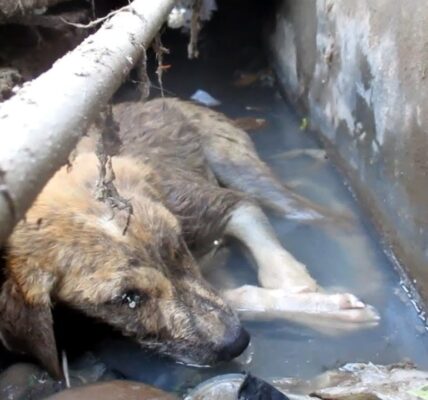Embark on a mission to rescue Leo, a two-year-old dog suffering from ehrlichiosis, a disease transmitted by brown dog ticks carrying the Ehrlichia canis bacteria. Leo’s condition led to lethargy, weight loss, and hearing loss, prompting admission to a pet hospital for a blood transfusion.
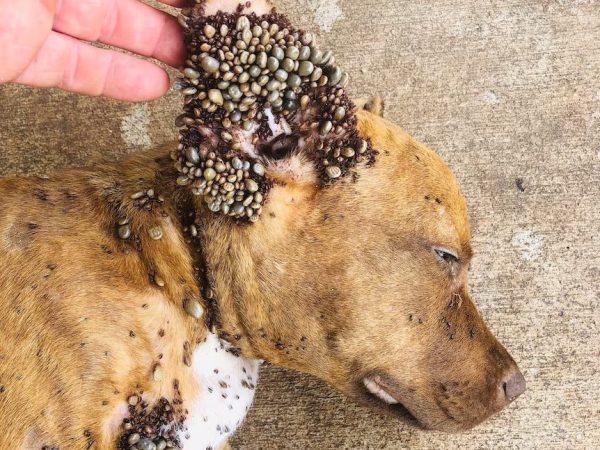
The spread of ehrlichiosis in the urban Top End of Australia is concerning, with 370 confirmed cases, raising fears of it becoming endemic.
Ehrlichiosis, detected in Australia last year, has rapidly spread, particularly in the Northern Territory, with 110 cases in Darwin and Arnhem Land, 149 in Katherine, and additional cases in Tennant Creek and Alice Springs.
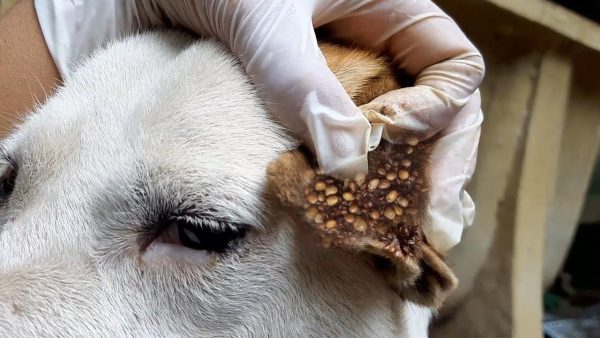
Leo’s case highlights the severity of the disease, causing spontaneous bleeding and a risk of fatality. The disease’s introduction into Australia remains a mystery, but experts now consider it endemic in the Northern Territory.
The symptoms of ehrlichiosis in dogs include lethargy, fever, and cloudy eyes, with severe cases leading to blindness, uncontrollable bleeding, and death. The disease is challenging to eradicate once established in the tick population.
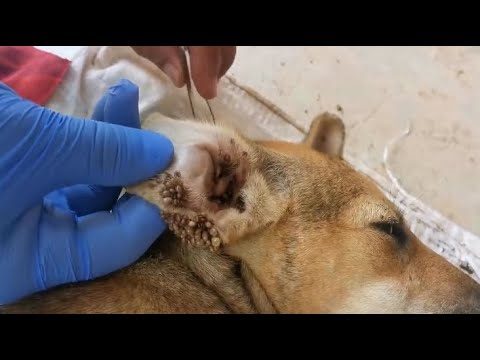
Dr. Stephen Cutter, a veterinarian, notes that up to 40% of dogs in remote communities are infected, and it has now spread to urban Darwin, with six cases reported in the past three months.
Ehrlichiosis poses challenges for prevention and treatment, with tick control being crucial. Professor Peter Irwin emphasizes the importance of using products like tick-killing collars to protect dogs.
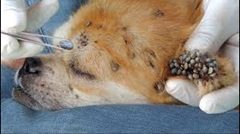
The disease can stay hidden in the bone marrow, making its complete elimination challenging.
The Northern Territory government has transitioned its response to managing the outbreak, recognizing ehrlichiosis as a nationally notifiable disease.
Testing and reporting suspected cases are crucial for monitoring and controlling the spread of Ehrlichia canis. Leo’s journey highlights the urgency of addressing this emerging threat to canine health in Australia.
